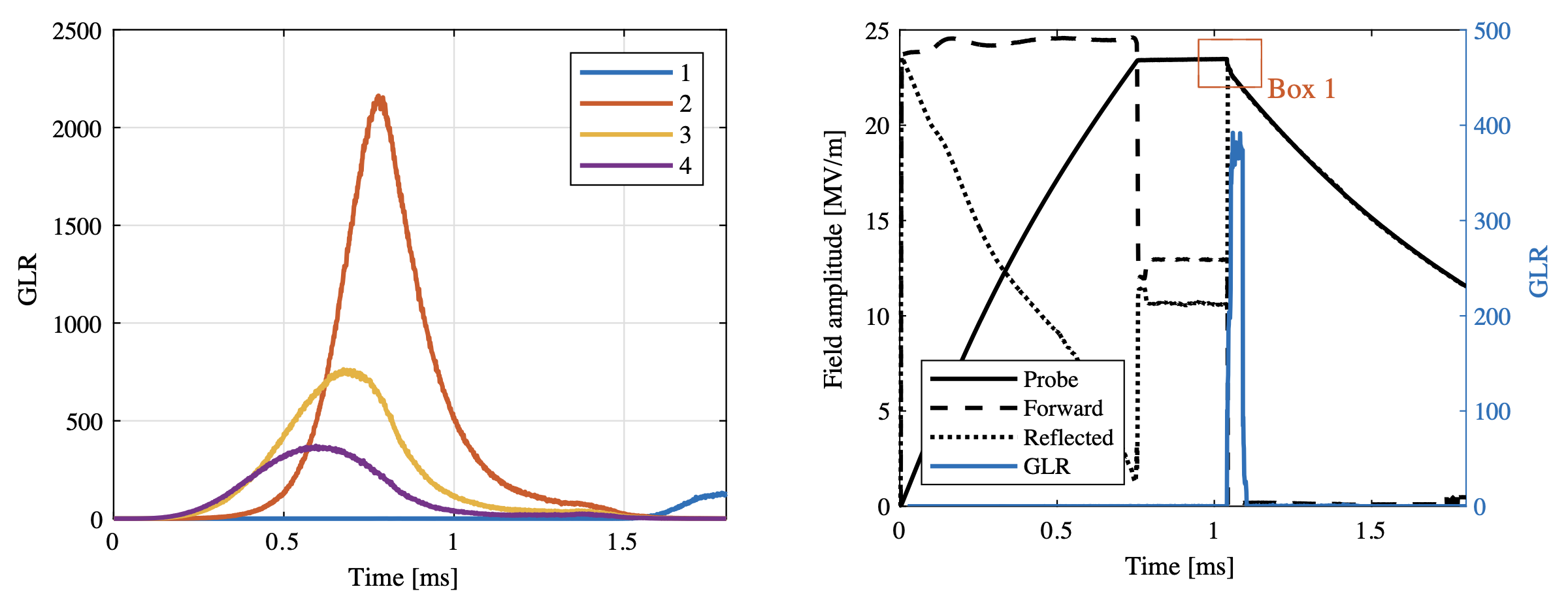Abstract
 |
A novel approach to detect anomalies in superconducting radio-frequency (rf) cavities is presented, based on the parity space method with the goal to detect quenches and distinguish them from other anomalies. The model-based parity space method relies on analytical redundancy and generates a residual signal computed from measurable rf waveforms. The residual is a sensitive indicator of deviation from the model and provides different signatures for different types of anomalies. This new method not only helps with detecting faults but also provides a catalog of unique signatures, based on the detected fault. The method was experimentally verified at the European X-ray Free Electron Laser (EuXFEL). Various types of anomalies incorrectly detected as quenches by the current quench detection system are analyzed using this new approach. |
Annika Eichler et al., Anomaly detection at the European X-ray Free Electron Laser using a parity-space-based method, Physical Review Accelerators and Beams